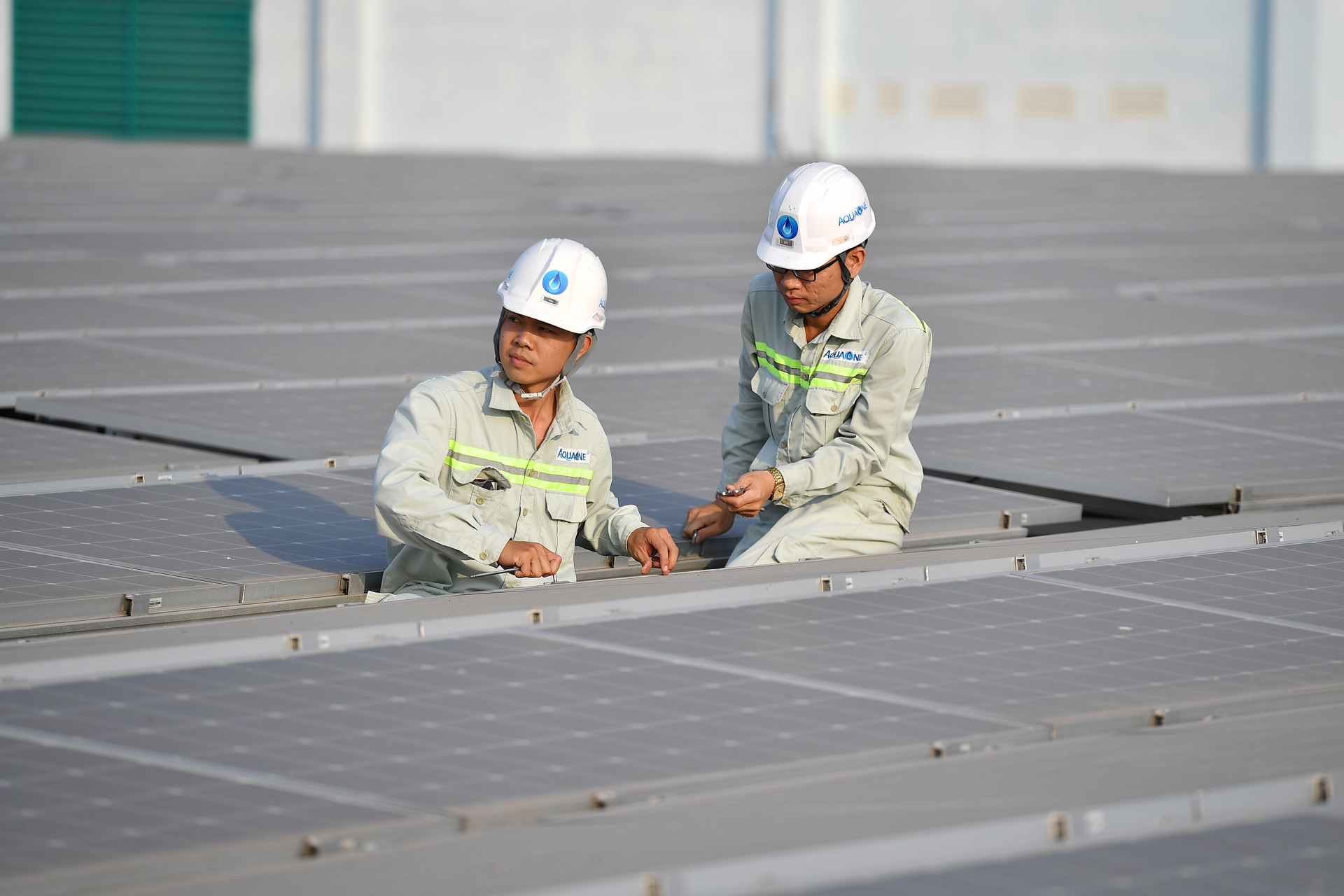
The overall plan is still under compilation and experts have found problems that need to be clarified, supplemented and amended to make the plan feasible.
Plan 8 has set orientations and energy transition programs so as to obtain net-zero emissions by 2050 as committed. However, challenges in energy transition require placing solutions within the Trilemma framework to ensure safety, fairness and sustainability set forth in Resolution No 55.
The world’s energy development is based on three core aspects of the energy trilemma - Security, Energy Justice and Environmental Sustainability. Countries that implement energy policies that strike a balance among the trilemma will bring prosperity and competitiveness in energy efficiency to every country.
Plan 8 is an open plan because of the following reasons:
Plan 8 strives for energy transition and net-zero emissions by 2050. However, Vietnam still does not have and cannot master core technologies in electricity production, and core technologies for Vietnam’s energy transition depend on foreign countries.
At present, LCoE (Levelized cost of energy) of some renewable power sources is still higher than some traditional power sources. The initial high investment rate can be a burden on the national economy, though the investment rate is expected to decrease in the future thanks to breakthroughs in technology.
Plan 8 puts forward a new requirement – fulfilling commitments on emissions reductions, while implementation of commitments relies on foreign support.
The plan mentions new renewable energy technologies but whose commercialization capability remains unclear. They just exist in theory and have been applied only on a trial basis, such as Hydro, alternative power applications to fuel-based applications, CO2 landfilling, and electricity generation by renewables.
The plan for 2021-2023 shows an overall picture of Vietnam’s power development, including the list of projects and electricity source capacity, electricity network infrastructure development, center development plans, land use plan, and capital mobilization.
The issues that need to be clarified are as follows:
First, there is inconsistency between the Ministry of Industry and Trade (MOIT), the consultants that designed the planning, and registrations by localities (cities/provinces) about electricity generation planning, especially renewables sources.
The demand from localities is much higher than that suggested by the consultants and MOIT.
Second, the feasibility of the electricity generation projects using LNG, offshore wind, hydrogen and ammoniac remains a question, because they are not named in the list of projects to be developed with public capital, and they will entirely rely on foreign and private capital sources.
As for prioritized and large-capacity electricity generation sources, there should be detailed plans on the project roadmap that specifies capital sources and requirements of investors.
Third, the investment roadmap is unclear and there are still too many questions, especially in capital arrangement. A high number of power plants would be built in the 2027-2030 period, but it is unclear about how the projects would be capitalized. There is only general information that the capital would come from different sources in society and foreign investment.
Experts warned that it would be costly to use foreign capital and difficult to call for private investment because electricity prices at which Electricity of Vietnam (EVN) buys are not high enough to be attractive to investors.
Fourth, investment capital is needed to implement the plan until 2030.
Regarding public investment, about VND50 billion will be needed to implement the legal framework and strengthen the power sector’s capability. Meanwhile, VND29.779 trillion will be needed for the power supply program in mountainous rural areas and islands.
Only 30 percent of total capital needed can be arranged, and it is unclear how the remaining VND20.857 trillion worth of capital would be found.
As for non-public investment, total capital is estimated at $134.7 billion, including $119.8 billion for power generation and $14.9 billion for transmission lines.
Fifth, Plan 8 doesn’t show the renewables development trend in the world and region, and doesn’t predict feasibility and risks in renewable energy source implementation.
To Van Truong